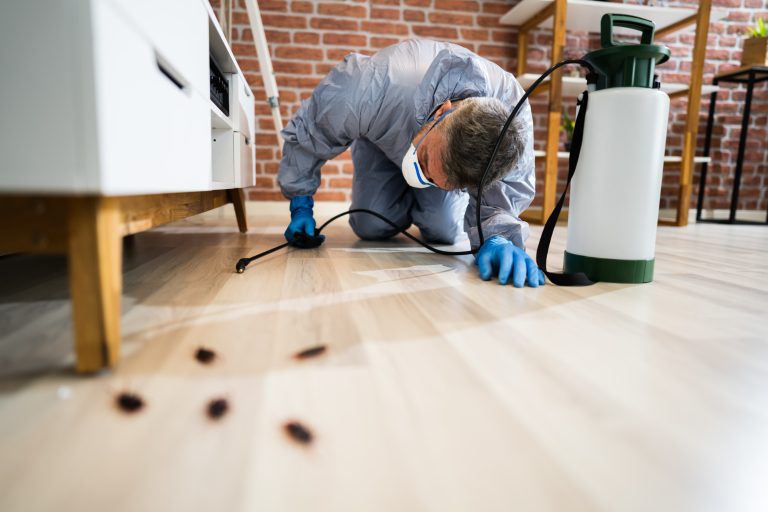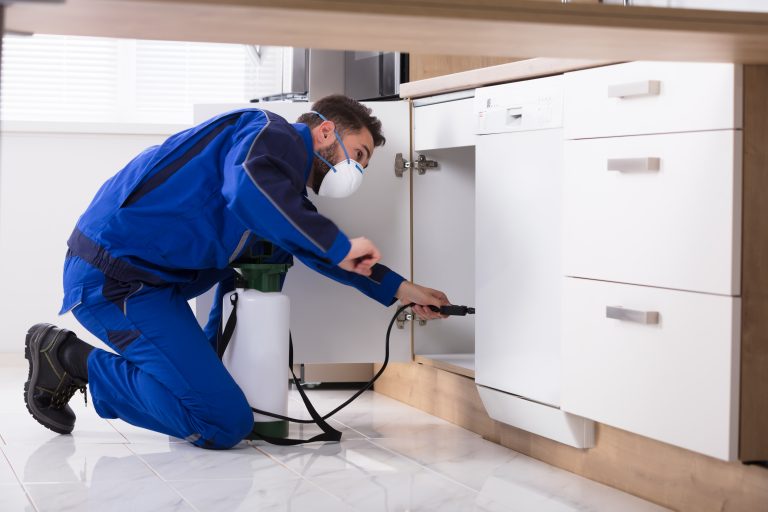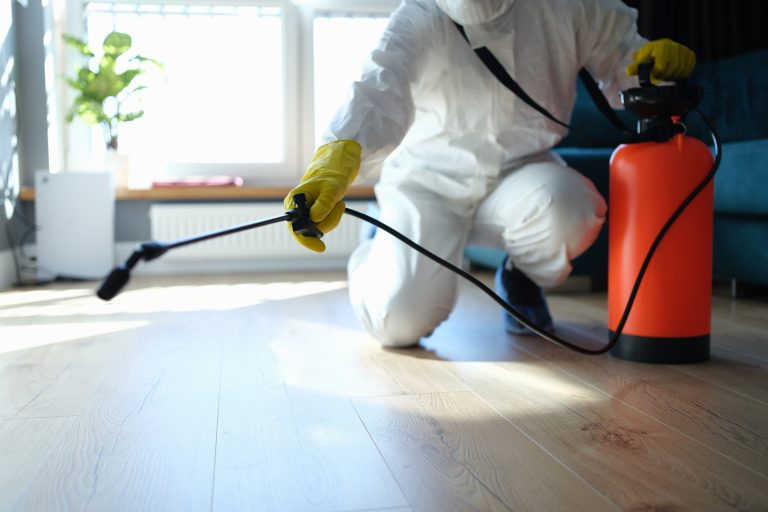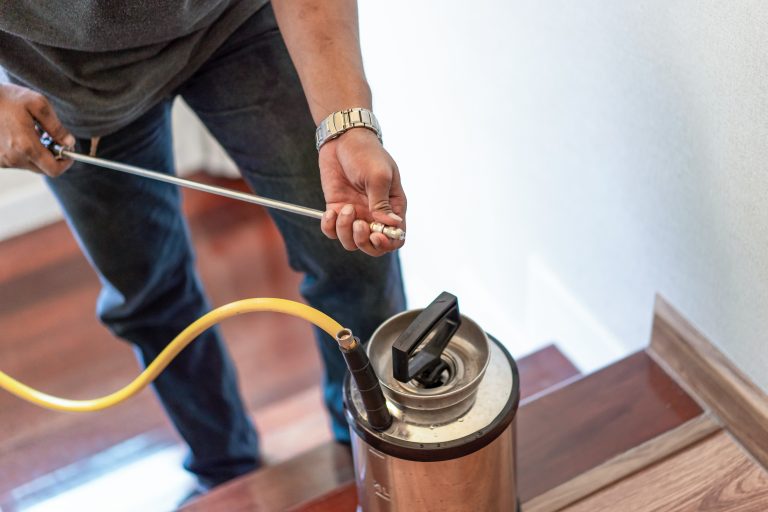5 Top Regional Pest Control Tips for Homeowners

When it comes to keeping your home pest-free, a one-size-fits-all approach just doesn’t cut it. Understanding your local environment and the unique challenges it presents is key to effective pest control—so let’s dive into some top regional tips that’ll keep those pesky critters at bay.
Each region has its pests. Learn about them from local pest control or extension offices. Keep an eye out for unusual activity and stay informed about new pests. Early detection is key to control.
1. Seasonal Pest Prevention Tips
As the seasons change, so do your pest priorities. In spring, be on high alert for ants and other insects seeking new nesting sites. Come summer, wasps and mosquitoes are out in full force, and by fall, rodents will be looking for a cozy place to overwinter—hopefully not in your walls.
To keep up with these seasonal shifts, adjust your strategies accordingly. For instance, seal up cracks and crevices in the fall to prevent critters from moving in when it gets cold. And don’t forget to clean up any standing water after those summer storms to cut down on mosquito breeding grounds. Remember, proactive measures can save you a world of headaches (and itching) down the road.
Hey hey! Don’t forget to subscribe to get our best content 🙂
2. Landscape Maintenance Tactics
Your yard is the first line of defense against pests. Overgrown bushes and unkempt lawns are like luxury resorts for bugs and rodents. Regular trimming and yard maintenance can drastically reduce your risk of infestation.
Consider creating a buffer zone between your home and any vegetation—this can act as a moat that pests will find harder to cross. And let’s not forget the mulch; while it’s great for plants, it’s also a cozy hideout for pests. Opt for less pest-friendly alternatives like rock or rubber mulch (your plants might not thank you, but your peace of mind will).
3. Localized Pest Proofing Measures
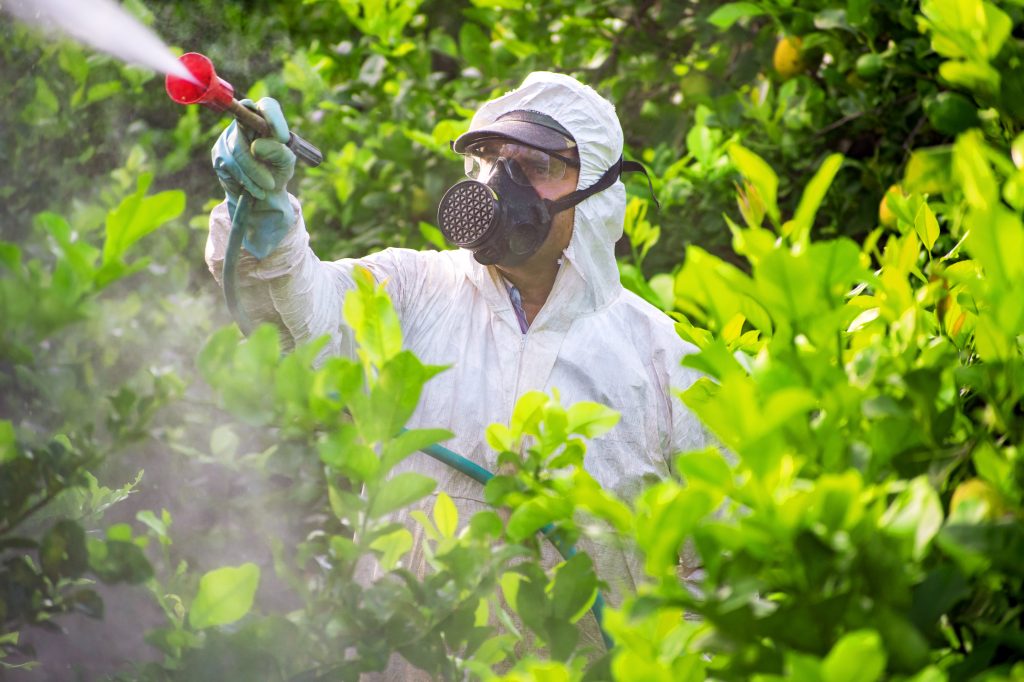
In the world of pest control, an ounce of prevention is worth a pound of cure. For instance, homes in humid regions might benefit from moisture barriers or dehumidifiers to deter moisture-loving pests. Meanwhile, in dryer climates, sealing up your home to keep out dust (and the pests that follow) can be a game-changer.
Don’t forget to inspect your home’s exterior regularly for cracks and crevices—these are like open invitations for pests to come on in. And if you’ve got a chimney, consider a cap; it’s not just Santa who likes to drop in unannounced.
4. Safe Use of Regional Pesticides
When it comes to pesticides, it’s not just about what you use, but how you use it. Always opt for products approved for use in your region, and follow label instructions to the letter (those warnings aren’t just for show). If you’re in an area with sensitive ecosystems, like near waterways, be extra cautious to avoid runoff that could harm local wildlife.
And let’s face it, the last thing you want is to harm the good bugs while you’re at it, so consider targeted treatments over blanket applications. Remember, with pesticides, less is often more.
5. Home Sealing Strategies by Area
No two homes are created equal—and neither are their vulnerabilities to pests. In coastal regions, for example, salt and moisture can erode seals faster than you can say “cockroach highway.” On the other hand, homes in colder climates might face an annual invasion of pests seeking warmth.
Use weather stripping and caulk to seal up any gaps and keep those uninvited guests out in the cold where they belong. Pay special attention to areas where utilities enter your home; these can be prime entry points for all sorts of critters. And if you’re in an older home, be prepared to do some extra legwork—those charming nooks and crannies can be a pest’s paradise.
DIY vs. Professional Services
There’s a certain pride that comes with solving a pest problem on your own. But sometimes, you’ve got to know when to call in the cavalry. If you’re dealing with a minor ant invasion, some store-bought traps might do the trick. But for bigger issues like termites or bed bugs, it’s time to phone a pro.
Professional pest control services have the tools and know-how to tackle big infestations efficiently. Plus, they can offer preventative advice tailored to your home and region. So, while DIY can be satisfying, don’t let your pride stand in the way of a pest-free home.
Regional Humidity and Pests
Humidity isn’t just bad for your hair—it’s also a party invitation for pests. In humid regions, moisture control is key. Use dehumidifiers in damp areas of your home, like basements, to keep the air dry and less appealing to pests.
On the flip side, dry climates have their challenges. Pests in these areas often seek out water sources, so fix any leaks pronto and avoid overwatering your garden. It’s all about balance; you want your home to be the Sahara for pests, not an oasis.
Native Plants as Pest Deterrents
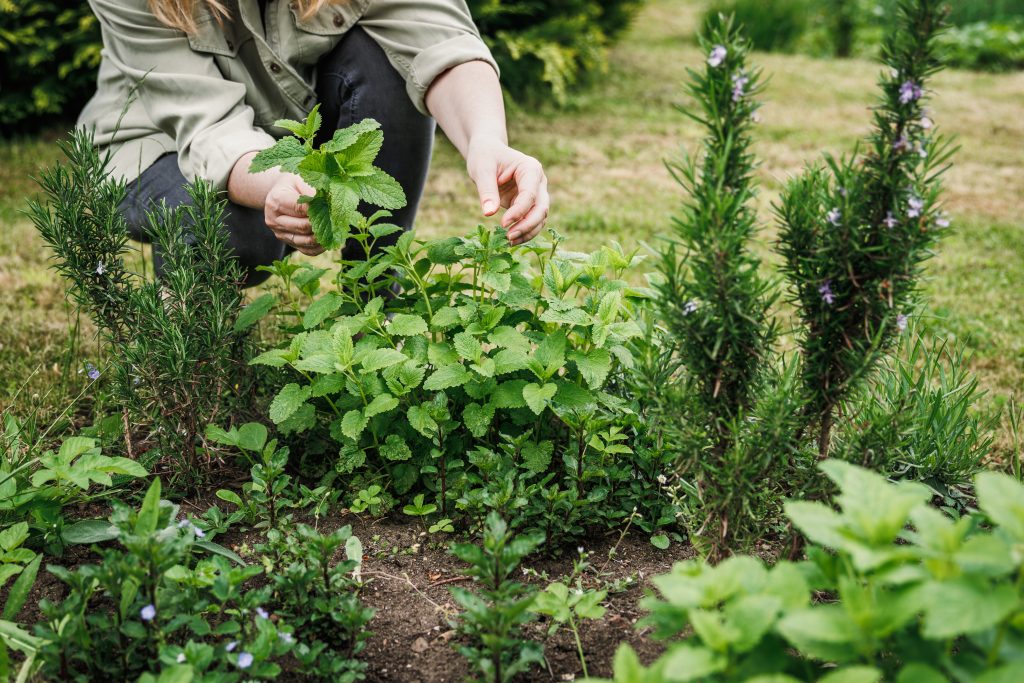
Mother Nature has her pest control department, and it’s all about the plants. Native plants are the unsung heroes of pest management—they’ve evolved alongside local pests and often have built-in defenses.
By incorporating these plants into your landscaping, you can create a natural barrier against pests. Plus, they require less maintenance and are better for the environment. It’s a win-win! So, next time you’re at the nursery, ask for native options. Your garden (and local birds and pollinates) will thank you.
Community Pest Control Resources
You’re not alone in your quest for a pest-free home. Many communities offer resources to help residents manage pests. This could be anything from informational workshops to subsidized pest control services for low-income households.
Check with your local government or community center to see what’s available. And don’t forget about the power of neighborhood cooperation—organizing a community cleanup can reduce overall pest habitats. After all, pests don’t respect property lines, so a community effort can make all the difference.
Armed with these regional pest control tips, you’re well on your way to maintaining a fortress against unwanted intruders. Remember, the best defense is a good offense—so stay vigilant, stay informed, and don’t hesitate to reach out for professional help when you need it. Happy pest-proofing!


